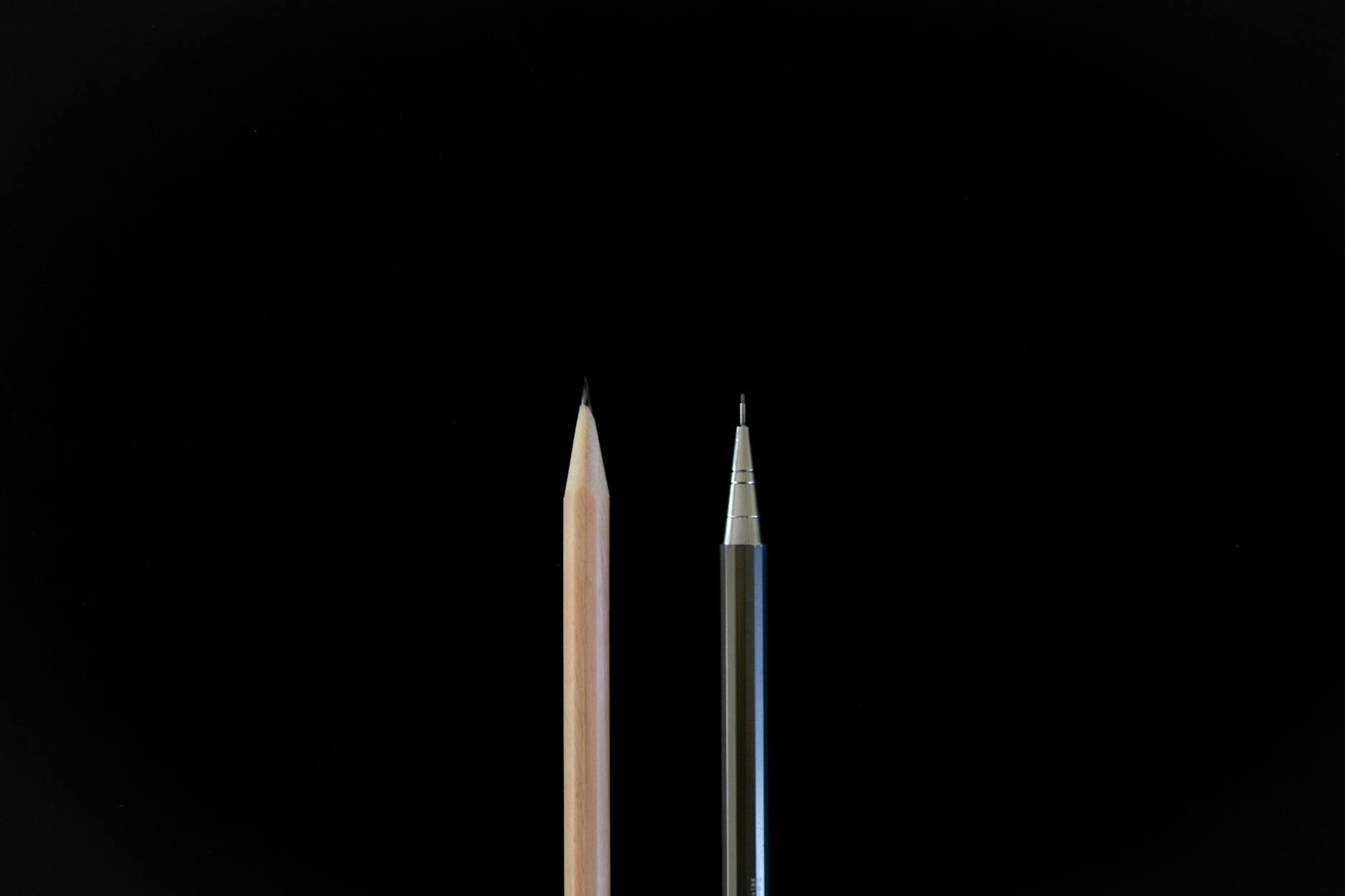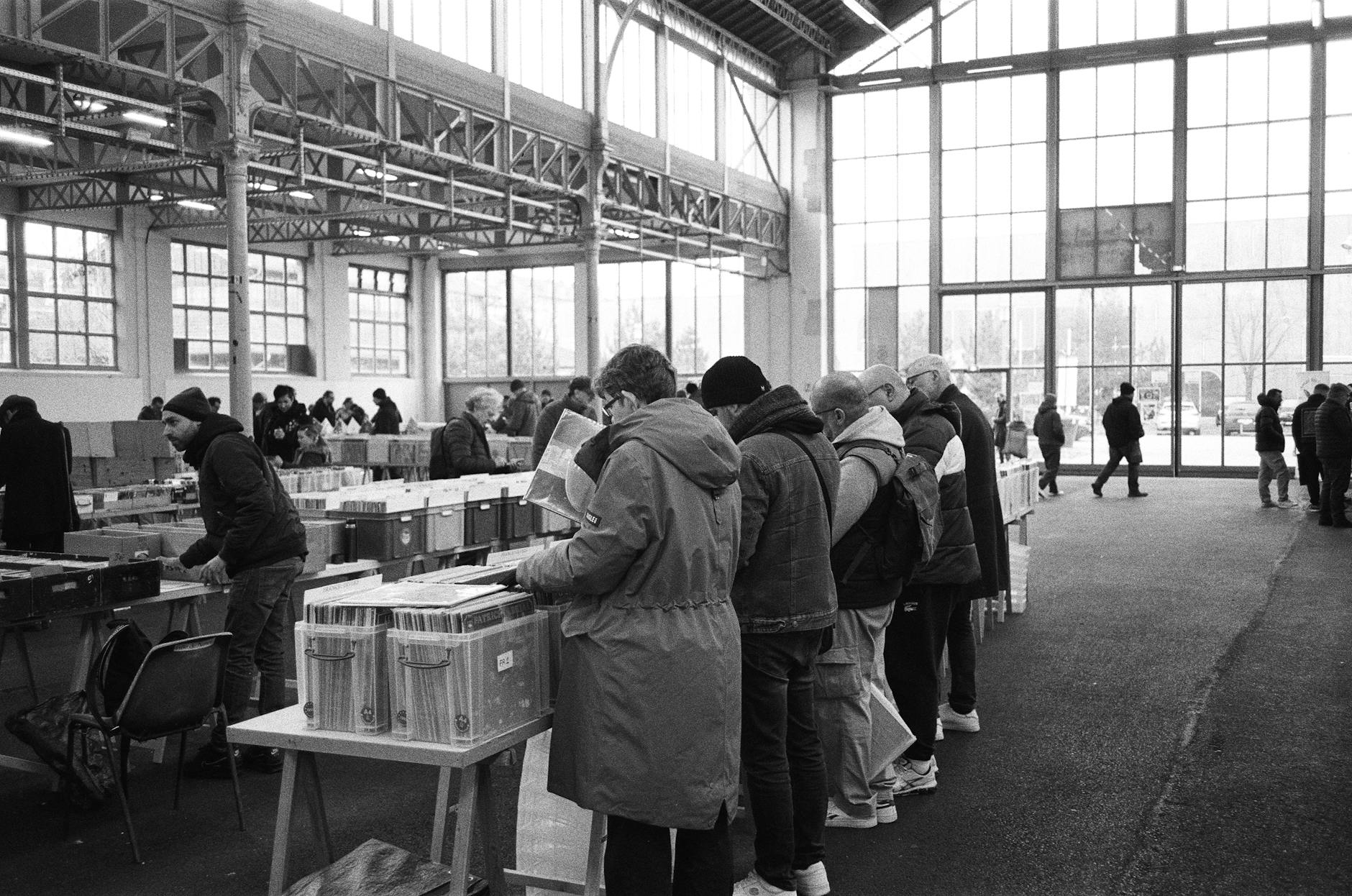The world of design is a fascinating blend of the old and the new, a constant push and pull between established traditions and groundbreaking innovation. This design duel pits modern aesthetics against traditional styles, exploring their unique strengths and where they excel. Let’s delve into this captivating clash of design philosophies.
Understanding Traditional Design
Traditional design often evokes feelings of nostalgia and comfort. It’s characterized by classic elements like ornate detailing, symmetrical layouts, and the use of natural materials. Think handcrafted furniture, intricate carvings, and a color palette rooted in earth tones. 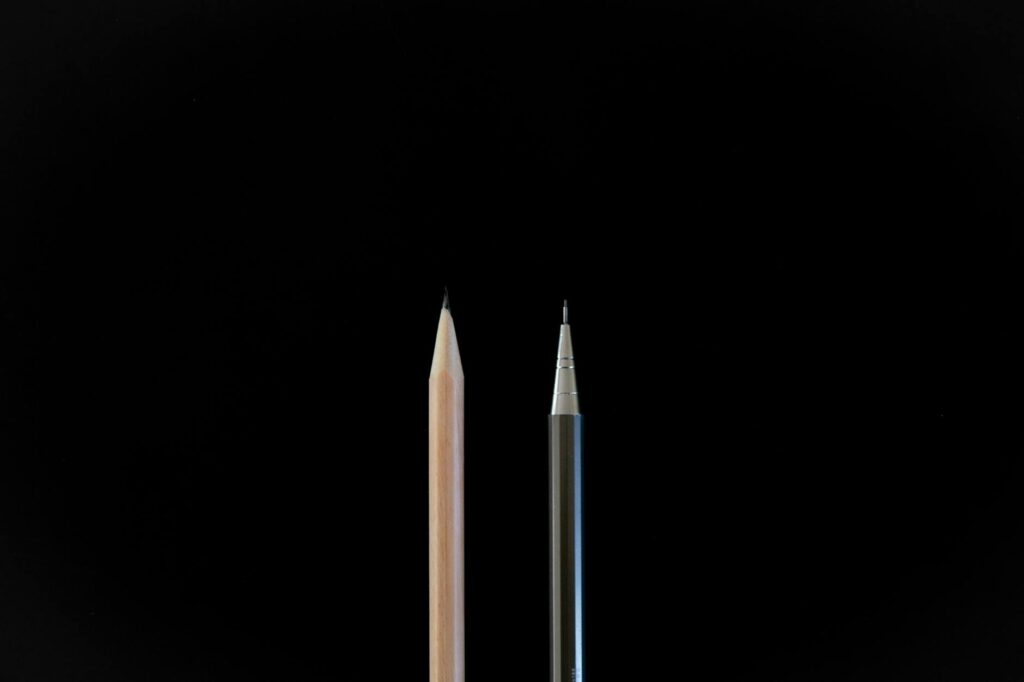 This style often prioritizes craftsmanship and timelessness, creating pieces meant to last for generations. The emphasis is on creating a sense of history and elegance. A great example is the enduring appeal of Victorian architecture.
This style often prioritizes craftsmanship and timelessness, creating pieces meant to last for generations. The emphasis is on creating a sense of history and elegance. A great example is the enduring appeal of Victorian architecture.
The Rise of Modern Design
Modern design, in contrast, champions simplicity, functionality, and clean lines. It emerged as a reaction against the ornate excesses of traditional styles, favoring minimalist aesthetics and innovative materials. Think sleek lines, geometric shapes, and a focus on practicality. 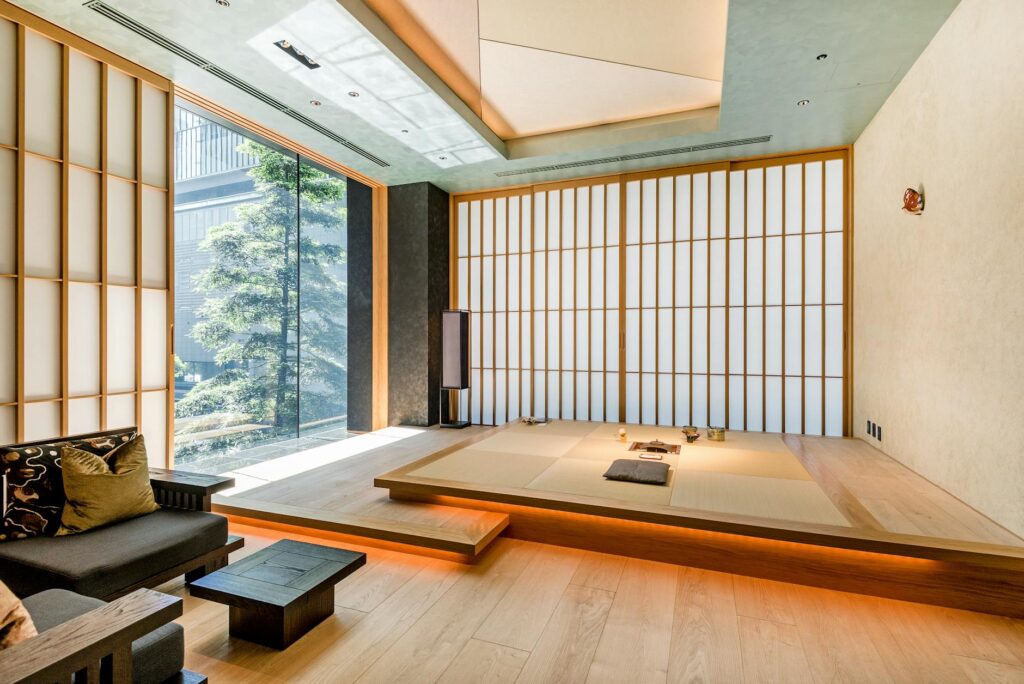 Modern design often utilizes industrial materials like steel and glass, resulting in a sense of airy spaciousness. Learn more about the Bauhaus movement, a cornerstone of modern design principles.
Modern design often utilizes industrial materials like steel and glass, resulting in a sense of airy spaciousness. Learn more about the Bauhaus movement, a cornerstone of modern design principles.
Comparing Aesthetics: Form and Function
One of the key differences lies in their approach to form and function. Traditional design often prioritizes ornate form, sometimes at the expense of pure functionality. Modern design, however, prioritizes function first, believing that beauty should stem from practicality. This difference is clearly seen in furniture design, where traditional pieces might feature elaborate carvings that reduce seating comfort, while modern designs emphasize ergonomic seating above all else.
Color Palettes: A Study in Contrast
The color palettes employed also reveal distinct differences. Traditional design often utilizes rich, warm colors, drawing inspiration from nature. Think deep reds, earthy browns, and muted greens. Modern design, however, often leans towards a more neutral palette, featuring whites, grays, and blacks, punctuated by bold accent colors. 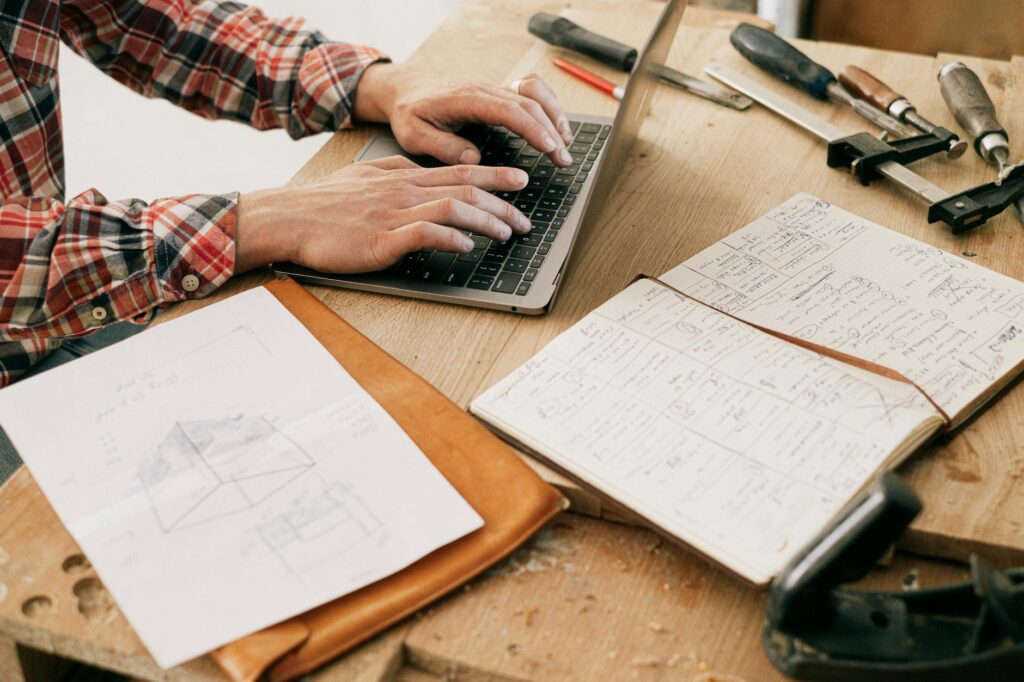 The use of color is crucial in setting the overall mood and feel of a space, as explored further in our blog post on color psychology in design.
The use of color is crucial in setting the overall mood and feel of a space, as explored further in our blog post on color psychology in design.
Materials and Craftsmanship
The materials used in each style reflect their respective philosophies. Traditional design frequently incorporates natural materials like wood, stone, and textiles, often handcrafted using time-honored techniques. Modern design often incorporates more industrial materials like steel, glass, and concrete, reflecting a focus on mass production and technological advancement. Explore sustainable materials for a modern approach to environmentally conscious design.
The Modern Take on Tradition
Interestingly, there’s a growing trend of blending modern and traditional elements. This eclectic approach allows designers to incorporate the best of both worlds—the timeless elegance of traditional designs with the clean lines and functionality of modern styles. [IMAGE_4_HERE] This fusion creates unique and personalized spaces that reflect individual tastes and preferences. Discover more about eclectic design styles.
Ultimately, the choice between modern and traditional design depends entirely on personal preference and the desired aesthetic. Both styles offer unique strengths and can contribute to creating beautiful and functional spaces. The best approach is to carefully consider your lifestyle, needs, and preferences when making your design decisions. Understanding the nuances of both approaches will aid you in making informed choices for your own design projects. Check out this design inspiration site for further ideas.
Frequently Asked Questions
What are the key differences between modern and traditional design? Modern design prioritizes minimalism, functionality, and clean lines, while traditional design emphasizes ornate details, symmetry, and a sense of history.
Which style is better for small spaces? Modern design, with its focus on minimalism, is generally better suited for smaller spaces as it avoids cluttering the area.
Can I mix modern and traditional elements? Absolutely! Mixing both styles is a popular approach, resulting in unique and eclectic spaces that reflect personal preferences.
Which style is more expensive? Both can be expensive depending on the materials and craftsmanship involved, but intricately detailed traditional pieces can often command higher prices.
How do I choose the right style for my home? Consider your lifestyle, preferences, and the overall feel you want to create in your home. Browse design magazines and websites for inspiration, and don’t be afraid to experiment.

